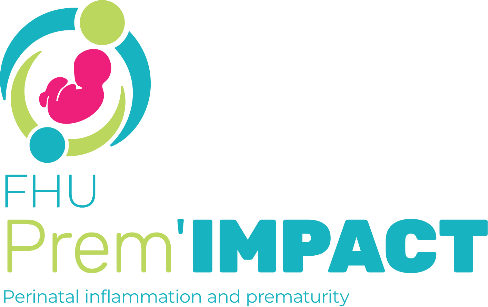Abstract
Objective: To compare the performance of estimated fetal weight (EFW) charts at the third trimester ultrasound for detecting small- and large-for-gestational age (SGA/LGA) newborns with adverse outcomes.
Design: Nationally representative observational study.
Setting: French maternity units in 2016.
Population: 9940 singleton live births with an ultrasound between 30 and 35 weeks of gestation.
Methods: We compared three prescriptive charts (INTERGROWTH-21st, World Health Organization (WHO), Eunice Kennedy Shriver National Institute of Child Health and Human Development [NICHD]), four descriptive charts (Hadlock, Fetal Medicine Foundation, two French charts) and a French customised growth model (Epopé).
Main outcome measures: SGA and LGA (birthweights <10th and >90th percentiles) associated with adverse outcomes (low Apgar score, delivery-room resuscitation, neonatal unit admission).
Results: 2.1% and 1.1% of infants had SGA and LGA and adverse outcomes, respectively. The sensitivity and specificity for detecting these infants with an EFW <10th and >90th percentile varied from 29-65% and 84-96% for descriptive charts versus 27-60% and 83-96% for prescriptive charts. WHO and French charts were closest to the EFW distribution, yielding a balance between sensitivity and specificity for SGA and LGA births. INTERGROWTH-21st and Epopé had low sensitivity for SGA with high sensitivity for LGA. Areas under the receiving operator characteristics curve ranged from 0.62 to 0.74, showing low to moderate predictive ability, and diagnostic odds ratios varied from 7 to 16.
Conclusion: Marked differences in the performance of descriptive as well as prescriptive EFW charts highlight the importance of evaluating them for their ability to detect high-risk fetuses.
Tweetable abstract: Choice of growth chart strongly affected identification of high-risk fetuses at the third trimester ultrasound.
